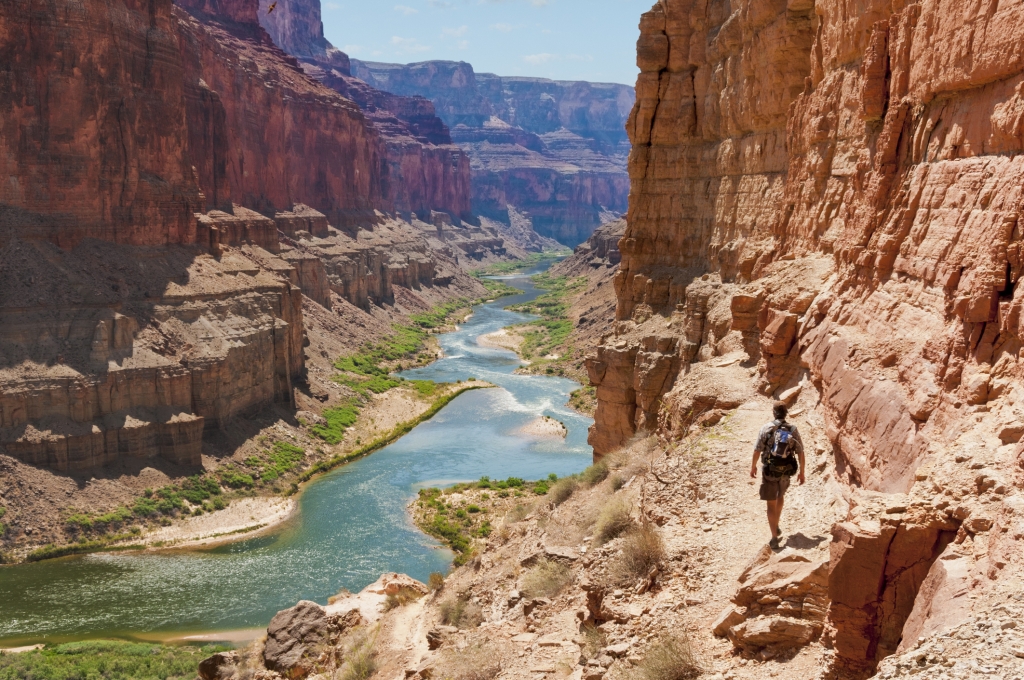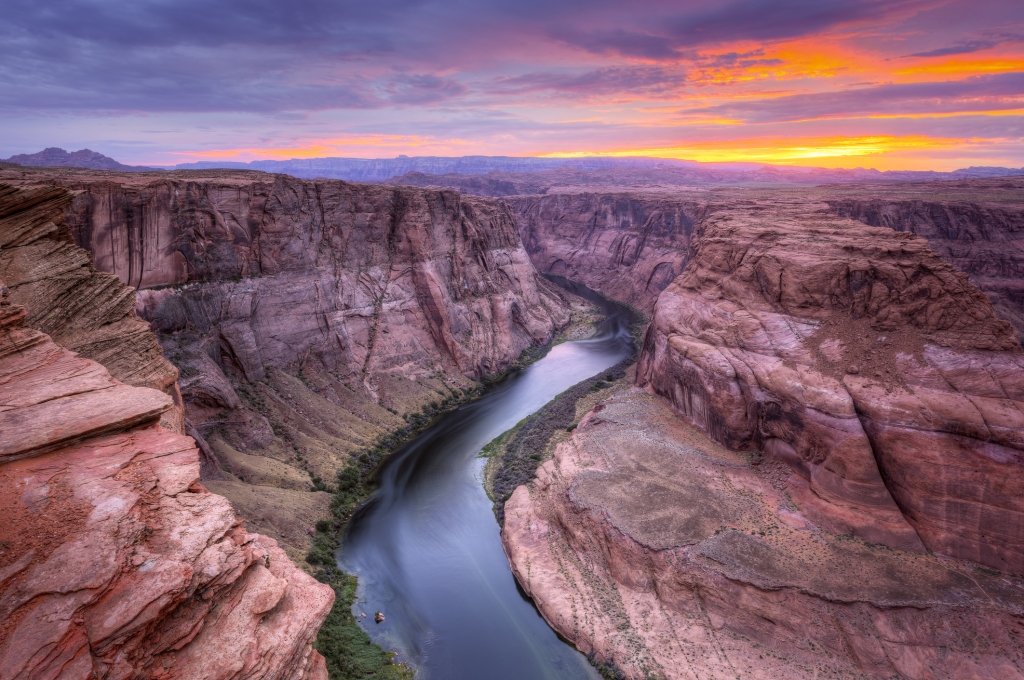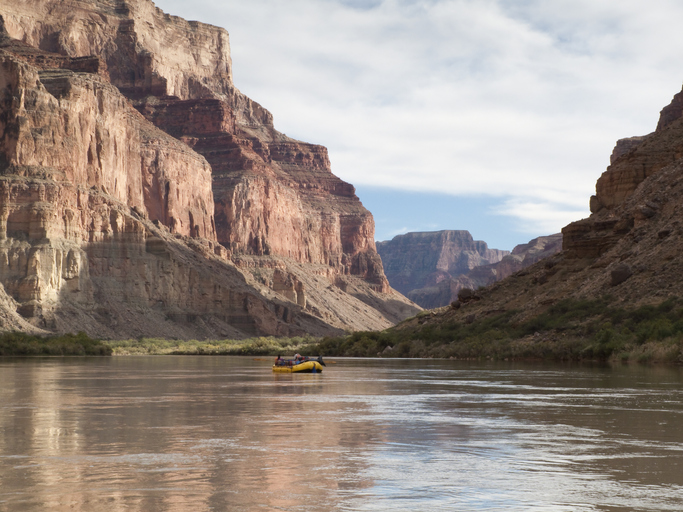How your conservation efforts can help preserve the Colorado River ecosystems
The Colorado River is among the most important waterways on earth. Each year, about six million people come to see the canyon it created. Tens of thousands more explore its winding path by raft or make the effort to hike a mile or more down to its banks. They come here because the Colorado is a testament to the power and the beauty of nature.
And like other rivers across America, its natural course has been blocked, dammed, channeled, diverted, and siphoned to bring water into populated areas. As a result, many watershed areas that once nourished a swamp, marsh, or wetland — as well as the intricate and diverse ecosystems they maintained — have been neglected.
With a mission to restore flows to these areas, the Change the Course campaign aims to bring nature back into balance by recommending achievable environmental goals for both businesses and individuals.

Reduce, Reuse, Recycle
The nationwide initiative brings together the public, corporations, and on-the-ground conservation organizations to raise awareness about the ripple effect that excessive water consumption can have on the environment. It focuses, too, on wildlife habitat improvement, agricultural water conservation, groundwater replenishment, water quality and water efficiency improvements, and recreational and economic enhancements.
Significantly, rather than highlight a problem, Change the Course highlights solutions by showing how simple reductions in your “freshwater footprint” can restore flows and help heal vital freshwater ecosystems.
For many, it all starts with a personal pledge.
“You can start by going to Change the Course and making a pledge to participate and help an ecosystem in need,” says Catherine Greener, Vice President of sustainability for Xanterra Travel Collection®, the largest concessioner of national park lodges. “Often that’s being aware of simple things like turning off the tap when you’re brushing your teeth or landscaping your yard with native plants instead of thirsty grasses… Just taking the pledge means a thousands gallons of water will be returned to a watershed area.
”While this may seem like a drop in the bucket, it’s worth noting the Colorado River was the proverbial drop in the bucket that created Grand Canyon. In that sense, Greener suggests, guests at Grand Canyon National Park can make a lasting difference by being proactive during their visit.
“We’d like it if everyone found ways to have a softer environmental footprint at home through conservation, and then bring that same awareness with them to Grand Canyon. Guests can be cognizant of their water usage, limit their time in the shower, and reduce food waste by taking only what they’ll eat. It sounds simple, but the practice to reduce, reuse, and recycle is nearly effortless, but incredibly effective.”

Do the Right Thing
Safeguarding our watersheds has long-lasting impact on the environment.
“Water is a valuable resource, but it’s not unlimited,” says Greener. “You can see the Colorado of 2017 is far different than the river in 1917. It has been channeled, dammed, and affected by human disturbances so it no longer flows into the estuaries it once reached. That’s why it’s important for everyone to do their part in helping return the natural flow of water from the headwaters to the estuaries.
”Greener acknowledges that while there may not be a visible change in the Colorado River, nearly everyone in awe of the beauty of Grand Canyon is inspired to channel those feelings into efforts that make the world a better place.“
I think in people’s hearts they want to do right thing,” she says. “Even though they may never travel to those watershed areas beyond Grand Canyon, they want to make a difference. So do we. You can’t overlook the fact that the Colorado River is why Grand Canyon exists. So we work here to affect change in the world around us. That is who we are as a company. It is the reason why we conserve and protect our natural resources and why we invite guests to stay with us. We honor these public lands and these resources.”
How to Explore
Grand Canyon National Park Lodges provides the premier in-park accommodations, managing six distinct historic lodges. From the El Tovar hotel, long considered the crown jewel of national park hotels, to Phantom Ranch, the only lodging on the floor of the canyon, you’ll find accommodations to help you get the most out of your visit. For more information and reservations, visit grandcanyonlodges.com or call 888-297-2757.
For more travel experiences to Beautiful Places on Earth™ available from Xanterra Travel Collection® and its affiliated properties, visit xanterra.com/explore.


